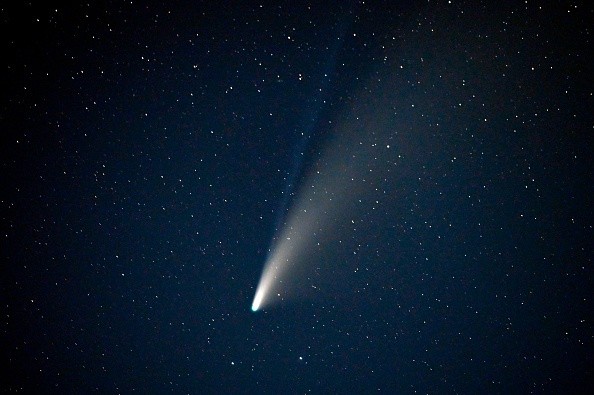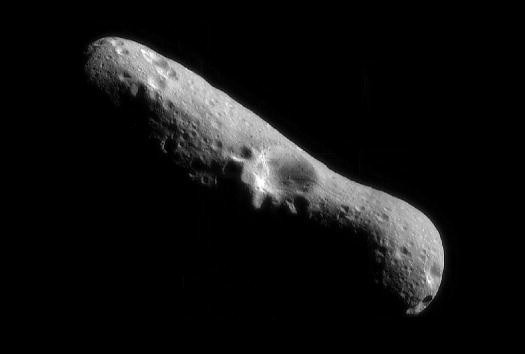Hundreds of near-Earth asteroids were detected by the Arecibo Observatory, a dead land-based telescope.

The Arecibo telescope collapsed in 2020 because its giant cables slipped out of its socket. This caused the cable to crash through the Earth-based observatory.
Because of this, operators had to shut down the giant telescope. But, before it died, the observatory was able to warn experts about near-Earth asteroids.
Its data was presented in the study titled "Arecibo Planetary Radar Observations of Near-Earth Asteroids: 2017 December-2019 December," which was published in the Planetary Science journal.
Hundreds of Near-Earth Asteroids Detected by Dead Arecibo Telescope
According to Science Alert's latest report, the data used in the study was generated by Arecibo Observatory between December 2017 and December 2019.

The giant telescope's data showed that there are over 190 near-Earth asteroids. The new study claims that some of them (around 70) are possibly dangerous.
Most of these asteroids are expected to be around 4.65 million miles away from Earth.
This means they have distances 20 times the average between the planet and the moon.
However, NASA clarified that these asteroids don't immediately threaten Earth. The international space union believes that deadly asteroids will not hit the planet in the next 100 years.
Are Space Experts Worried?
Space researchers said that although NASA estimated that dangerous asteroids will not appear until around 100 years, these space rocks should still be observed.
They are paying close attention to these near-Earth heavenly bodies in case they suddenly experience trajectory shifts.
Aside from this, they are also worried that the asteroids would crash into one another, forcing them to have their directions pointed toward the planet.
You can click here to see further details about the possible near-Earth asteroids detected by Arecibo Observatory.
Previously, experts revealed why they were not able to detect the asteroid 2019 OK.
Meanwhile, a stadium-sized asteroid was recently believed to fly past Earth at 20 miles per second.
For more news updates about asteroids and other space objects, keep your tabs open here at TechTimes.
Related Article : A 'Potentially Hazardous' Skyscraper-sized Asteroid Could Fly Towards Earth on Halloween
This article is owned by TechTimes
Written by Griffin Davis
ⓒ 2025 TECHTIMES.com All rights reserved. Do not reproduce without permission.




